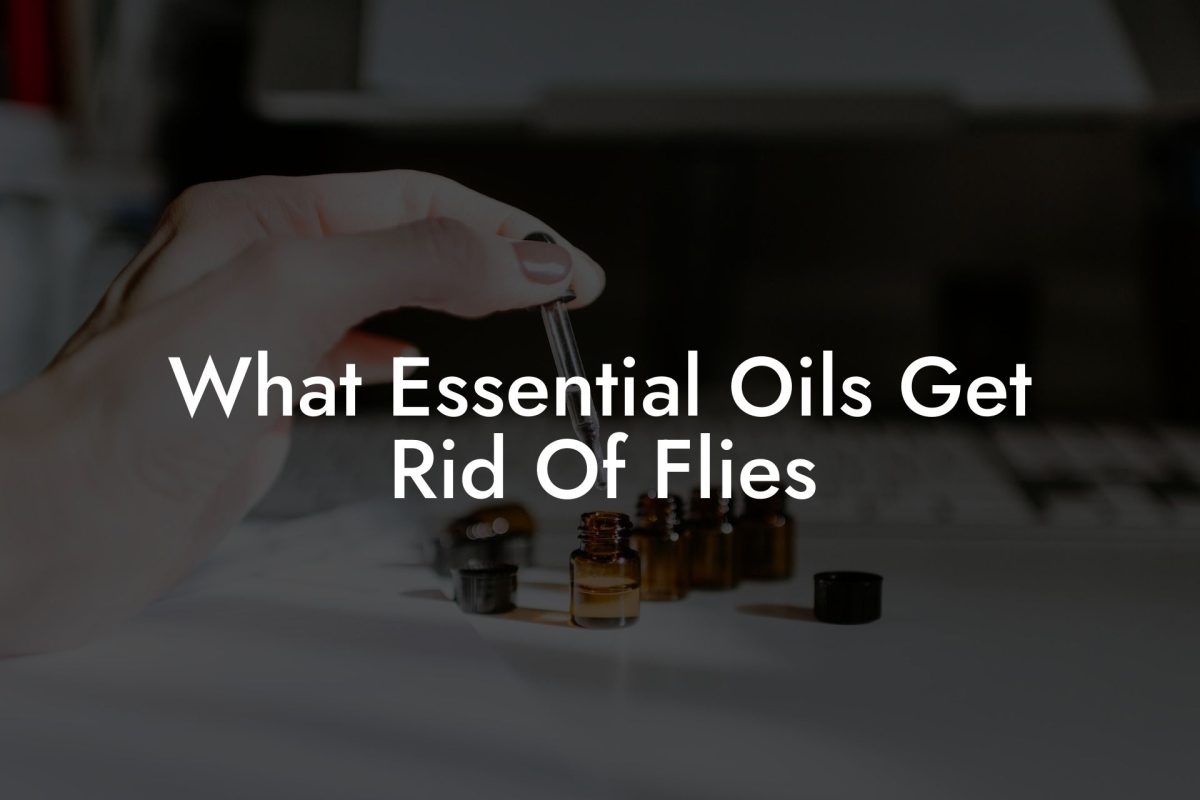Are you interested in creating your own steam distiller for essential oils? If so, you’re in the right place! In this comprehensive guide, we will show you how to make a DIY steam distiller for essential oils at home. With a few simple items and a little time, you’ll be harnessing the power of aromatic plants in no time. So, let’s dive in!
Table of Contents
- What is Steam Distillation?
- Step 1: Prepare the Materials
- Step 2: Prepare the Plant Material
- Step 3: Set Up Your Distillation Apparatus
- Step 4: Start the Distillation Process
- Step 5: Collect the Essential Oils
- Step 6: Separate the Oils
- Materials Needed for a DIY Steam Distiller
- Step-By-Step Guide: Building Your Steam Distiller
What is Steam Distillation?
Steam distillation is a technique used to extract essential oils from plant material. It works by using steam to break down the plant’s cells, allowing the essential oils to be separated and collected. This method is favored for its efficiency and preservation of the delicate chemical components found in essential oils.
Materials Needed for a DIY Steam Distiller
- Glass or stainless steel pot with lid
- Heatproof bowl (that fits inside the pot)
- Heat source (stovetop, hot plate, etc.)
- Water
- Ice
- Freshly harvested plant material (lavender, eucalyptus, rosemary, etc.)
- Essential oil separator (optional)
Step-By-Step Guide: Building Your Steam Distiller
Step 1: Prepare the Materials
Before you begin, gather all the materials needed for the process. Make sure the pot and bowl are clean and that you have a suitable heat source. If using an essential oil separator, ensure it’s properly assembled and ready for use.
Step 2: Prepare the Plant Material
Harvest your plant material, ensuring it is free of dirt and debris. Chop or tear the material into smaller pieces to increase surface area and improve oil extraction efficiency. Make sure to use fresh, undamaged plant material for the best results.
Step 3: Set Up Your Distillation Apparatus
Place the heatproof bowl inside the pot. Add enough water to the pot to cover the bottom, but not high enough to submerge the bowl. Add your plant material around the bowl, ensuring it’s below the water line.
Step 4: Start the Distillation Process
Place the lid on the pot upside down, so the handle is facing the bottom of the pot. Turn on the heat source and bring the water to a gentle boil. The steam generated by the boiling water will begin to break down the plant material and release the essential oils.
Step 5: Collect the Essential Oils
As the steam rises, the essential oils are carried with it and eventually condense on the inner surface of the inverted pot lid. They then run down the center of the lid and drip into the bowl. To speed up condensation, place a few ice cubes on the upturned lid. Keep an eye on the water level and add more if needed during the distillation process.
Step 6: Separate the Oils
Once the distillation process is complete, carefully remove the bowl from the pot. If you’re using an essential oil separator, pour the mixture from the bowl into the separator and allow the essential oils to rise to the top. If not, you can leave the mixture to settle, and the oils will naturally separate from the water. Carefully remove the oil layer and store it in a dark glass bottle away from direct sunlight.
How To Make A Steam Distiller For Essential Oils Example:
Imagine making your own batch of lavender essential oil using a steam distiller you’ve created at home. Harvesting fresh lavender from your garden, you follow the steps outlined above. The gentle, relaxing fragrance fills your home as the steam distills the essential oils from the plant material. After the process is complete, you carefully collect your homemade essential oil, ready to use in various Oshu Oils products or diffusers to enhance your well-being.
Congratulations, you now know how to make a steam distiller for essential oils! This new skill can lead to endless possibilities for creating unique and personalized oils, tailored to your specific needs. Don’t forget to share this article with friends and family, so they too can embark on this fragrant journey. And be sure to explore our other guides on essential oils and aromacology, as well as the exceptional Oshu Oils range of essential oils, perfect for everyone from beginners to enthusiasts.





















